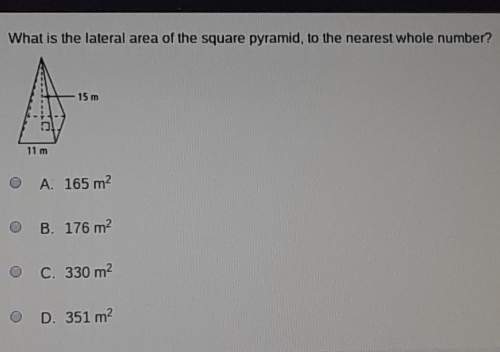
Mathematics, 01.02.2021 14:00 guzmangisselle
A sequence of two or more whole numbers is consecutive if each number is one more than the previous number.
For example, the numbers 2, 3, and 4 are consecutive; the numbers 8, 9, 10, and 11 are consecutive; and the numbers 23 and 24 are consecutive.
On the other hand, the numbers 6, 8, and 10 are not consecutive, because each number is two more than the previous number. A single number by itself is not considered consecutive.
A consecutive sum is a sum of consecutive numbers. Each of these expressions is a consecutive sum.
2 + 3 + 4 = 9
8 + 9 + 10 + 11 = 38
23 + 24 = 47
These examples illustrate ways to express 9, 38, and 47 as consecutive sums. For this activity, consider only consecutive sums involving positive whole numbers (1, 2, 3, 4, and so on). These are also called the natural numbers or counting numbers. Your task is to explore consecutive sums. Look for patterns and make generalizations.
Find all the ways to write each number from 1 to 35 as a consecutive sum.
Are there numbers for which this is easy to do?
Are there any that are impossible?
PLS HELP

Answers: 3
Another question on Mathematics

Mathematics, 21.06.2019 14:30
What is the volume of a rectangular prism if the length is 10.4 mm the width is 5 mm in the height is 8 mm
Answers: 1

Mathematics, 21.06.2019 18:30
Me complete this proof! prove that a quadrilateral is a square. me with the steps for this proof.
Answers: 1


Mathematics, 22.06.2019 01:30
Drag the tiles to the correct boxes to complete the pairs. match the exponential functions with their horizontal asymptotes and y-intercepts. f(x) = 7x − 4 f(x) = 3x+2 + 4 f(x) = 9x+1 − 4 f(x) = 2x + 4 horizontal asymptote and y-intercept exponential function horizontal asymptote: y = 4 y-intercept: (0, 5) arrowboth horizontal asymptote: y = -4 y-intercept: (0, 5) arrowboth horizontal asymptote: y = -4 y-intercept: (0, -3) arrowboth horizontal asymptote: y = 4 y-intercept: (0, 13) arrowboth
Answers: 1
You know the right answer?
A sequence of two or more whole numbers is consecutive if each number is one more than the previous...
Questions

History, 14.10.2019 11:10

History, 14.10.2019 11:10





History, 14.10.2019 11:10


Mathematics, 14.10.2019 11:10


Physics, 14.10.2019 11:10


Computers and Technology, 14.10.2019 11:10

Chemistry, 14.10.2019 11:10

Chemistry, 14.10.2019 11:10



Mathematics, 14.10.2019 11:10





